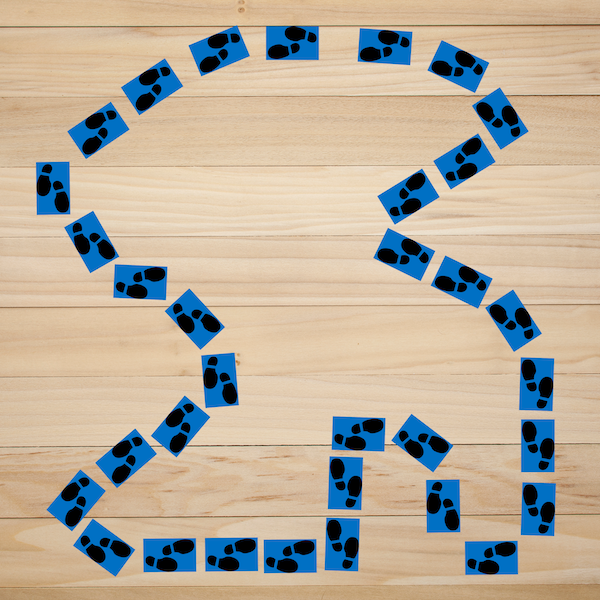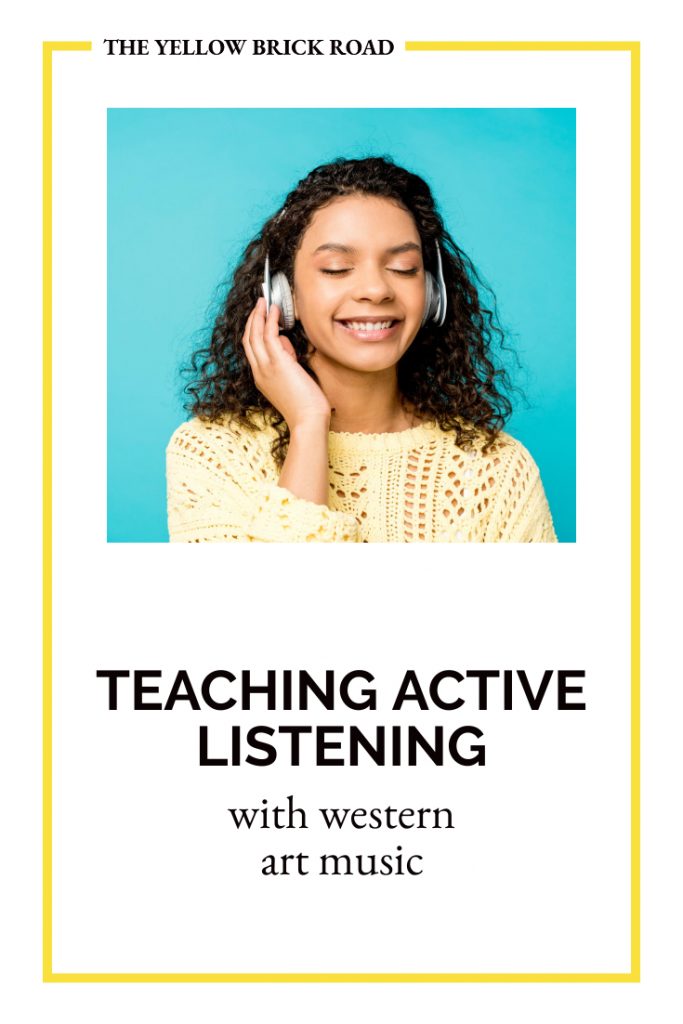Western Art Music is a fantastic genre for teaching the elements of music. I’ve written about how you can teach tempo using music from Florence Price, Johannes Brahms, and Alton Adams. You can read that post HERE. I’ve also written about how to use Astor Piazolla’s Libertango to teach about timbre (which included a free listening map for your students). You can read that post and download the free listening map HERE.
Today, I’m going to write about how to encourage active listening using Valerie Colemann’s Umoja. Umoja is the Swahili word for unity, and this definition is clearly felt throughout the piece. It’s lively and joyous, a wonderful combination for elementary music students. Colemann originally wrote it as a vocal piece to celebrate the first day of Kwanzaa. However, it quickly became a standard piece for her wind quintet, Imani Winds. You can find vocal and instrumental arrangements of this piece on her website HERE.
There are countless elements within Umoja that students could actively listen for, including articulation, dynamics, call and response, timbre, mood, meter, and many others. If your students are not used to listening and moving to art music, I’d recommend starting with steady beat.
EXPERIENCE THE MUSIC FIRST, THEN DISCUSS
The varying rhythms in this piece make it great for studying steady beat. Rhythms are used from both 6/8 and 3/4 meters, but the entire piece is meant to be felt in one. Ask the students to move to the music. They can do this however they choose, with the only stipulation being that their movements must match the beat of the music.
When the music has finished, gather the students together to discuss what they heard. Personally, I always found students naturally moved to express other elements of the music (such as dynamics) without any coaxing from me. If you find your students doing this too, be sure to include this in the discussion.
- For example, “I noticed many of you were using large movements and small movements (act out the movements). What were you trying to show with those movements?”
- “I noticed that you sometimes changed from short movements like this (act it out), to long, smooth movements like this (act it out). What was happening in the music when you moved this way?”
After discussing their movements, you can introduce students to the composer, the title of the piece, and the meaning behind it. Check out this video for an interview with Valerie Colmann, where she talks about her love for music and her journey in becoming a composer.
USING PROPS TO PRACTICE STEADY BEAT
Props are great for encouraging movement. Here is a short list of items you might consider using with movement activities:
- scarves
- beanbags
- puppets
- hula hoops (to define spaces)
- balloons
- feathers
- basketballs
- carpet squares (to define spaces)
- cardstock cutouts
- washi tape (to define spaces)
- paper plates
MOVING ALONG TO CARDSTOCK CUTOUTS
- Place the paper cutouts in a circle around your room.
- Up the challenge by making your circle weave in and out, so that students don’t feel as thought they’re just walking in a circle (like in the example below).
- Begin by having students stand next to one of the cutouts.
- Have them step to the beat of the music, making sure that with each new beat, they’re standing beside the next cutout in the same direction the feet are facing.
- Depending on the age of students and tempo of the music, you may have them walk in a step-together-step-together pattern.
- Make sure to trial this yourself first, to ensure that the cutouts aren’t spaced too far apart.

If you’re interested in trying this activity with your students (in the near or far future), you can download the footprints for free HERE. I created them with a transparent background, so you can use colored cardstock to make them any color you want.

